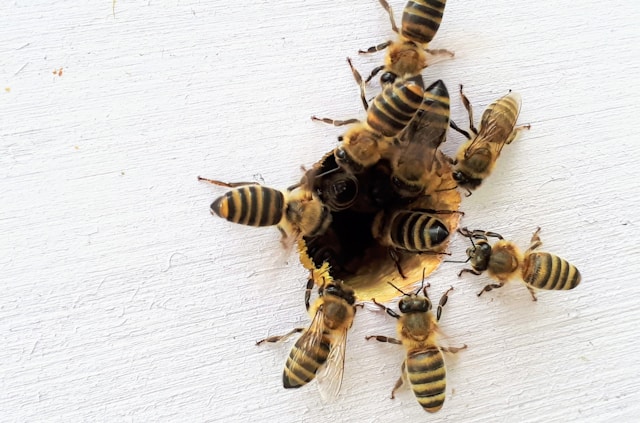Beekeeping, once regarded as a niche hobby, has seen a remarkable resurgence in recent years as people reconnect with nature and seek sustainable practices. Whether you’re drawn to the prospect of harvesting your own honey, supporting pollinator populations, or simply immersing yourself in the fascinating world of bees, beekeeping offers a rewarding and enriching experience.
Getting Started with Beekeeping
Setting Up Your Hive
The first step in beekeeping is setting up your hive. You’ll need to choose the right location, ensuring it receives adequate sunlight, is sheltered from strong winds, and has access to water sources. Next, select your hive type—common options include Langstroth, top-bar, and Warre hives—and assemble it according to the manufacturer’s instructions.
Acquiring Your Bees
Once your hive is ready, it’s time to acquire your bees. You can purchase packaged bees or nucleus colonies (nucs) from reputable bee suppliers. Alternatively, you may opt to catch a swarm or attract bees to your hive with bait hives. Whichever method you choose, ensure that your bees are healthy and disease-free.
Essential Equipment and Tools
Protective Gear
Safety should be your top priority when handling bees. Invest in protective gear, including a beekeeping suit, veil, gloves, and sturdy boots, to minimize the risk of stings.
Hive Tools
A few essential hive tools will make your beekeeping tasks more manageable. These include a hive tool for prying apart hive components, a smoker to calm the bees, and a bee brush for gently moving bees without harming them.
Understanding Bee Behavior
The Role of the Queen
The queen bee is the heart of the hive, responsible for laying eggs and maintaining the colony’s population. Understanding her behavior and life cycle is essential for effective hive management.
Worker Bees
Worker bees are the backbone of the colony, performing various tasks such as foraging for nectar and pollen, caring for the queen and brood, and maintaining the hive’s structure and cleanliness.
Drones
Drones are male bees whose primary purpose is to mate with a queen from another colony. While they play a crucial role in the reproductive cycle, drones are expelled from the hive during times of scarcity.
Hive Management and Maintenance
Inspections
Regular hive inspections are essential for monitoring the health of your bees and identifying any issues early. During inspections, check for signs of disease, pest infestations, and the presence of a laying queen.
Feeding
Bees require a constant supply of food, especially during times of scarcity. Supplemental feeding with sugar syrup or fondant may be necessary to ensure that your bees have enough resources to thrive.
Swarm Prevention
Swarming is a natural behavior in honeybee colonies, but it can lead to the loss of bees and reduced honey production. Implement swarm prevention techniques, such as providing adequate space and monitoring colony population dynamics, to minimize the risk of swarming.
Harvesting Honey
Timing
Knowing when to harvest honey is crucial for maximizing yield and quality. Wait until the majority of frames are capped with beeswax before extracting honey to ensure it has reached the proper moisture content.
Extraction
Extracting honey from the hive is a rewarding but labor-intensive process. Use a honey extractor to spin the frames and remove the honey without damaging the comb. Once extracted, filter the honey to remove any impurities before bottling it for storage or sale.
Conclusion
Beekeeping is a multifaceted pursuit that combines art, science, and stewardship. Whether you’re a novice beekeeper or a seasoned pro, there’s always something new to learn and discover in the world of bees. By following the tips and techniques outlined in this guide, you’ll be well-equipped to embark on your beekeeping journey and enjoy the sweet rewards of nurturing these remarkable insects.
If you have any questions or would like to share your beekeeping experiences, feel free to leave a comment below. Happy beekeeping!
